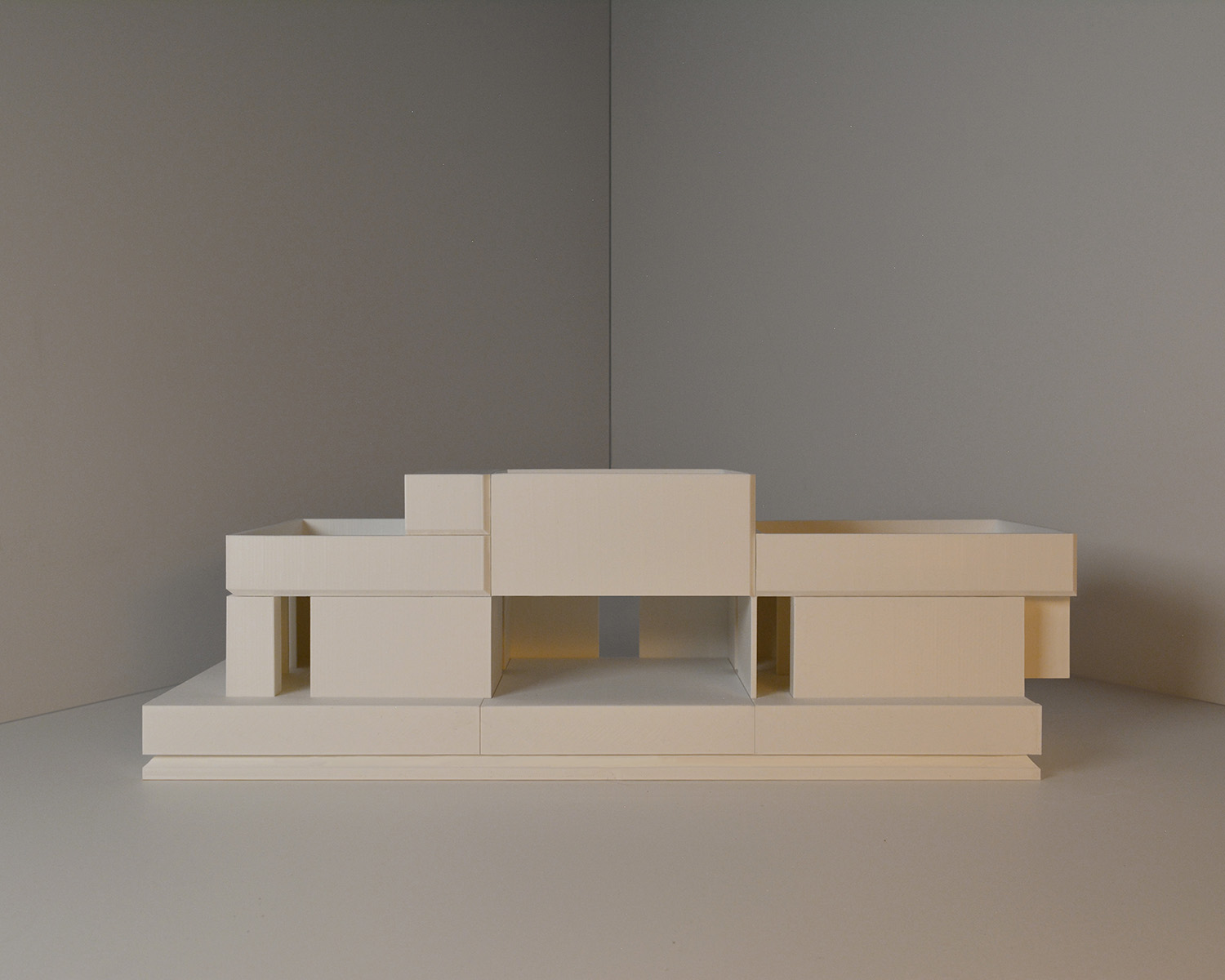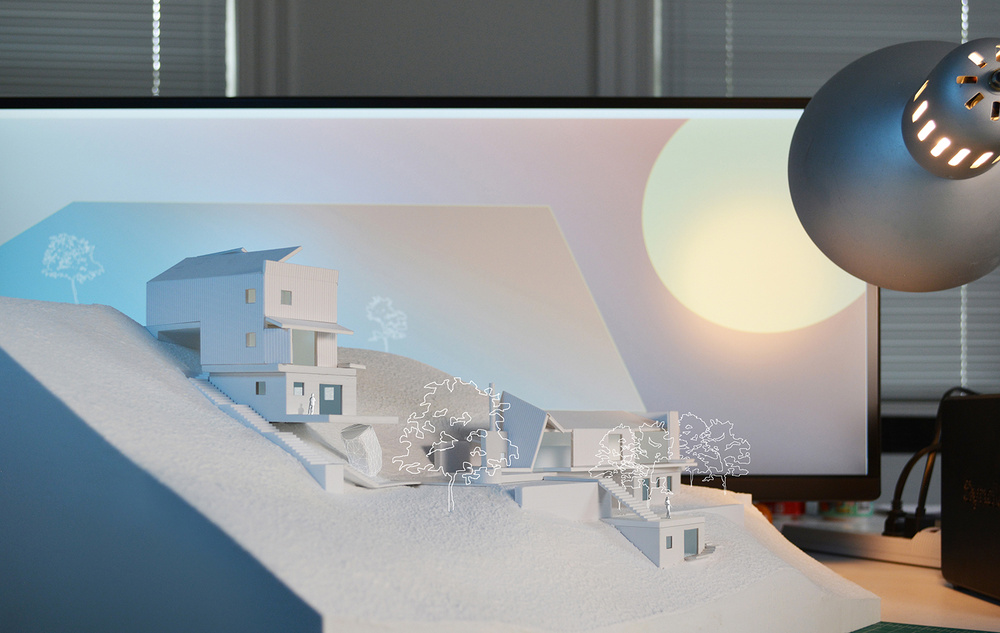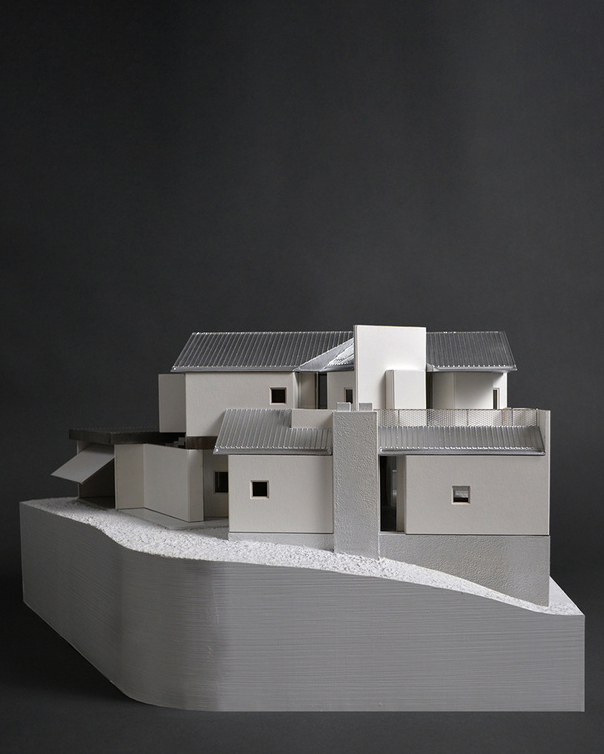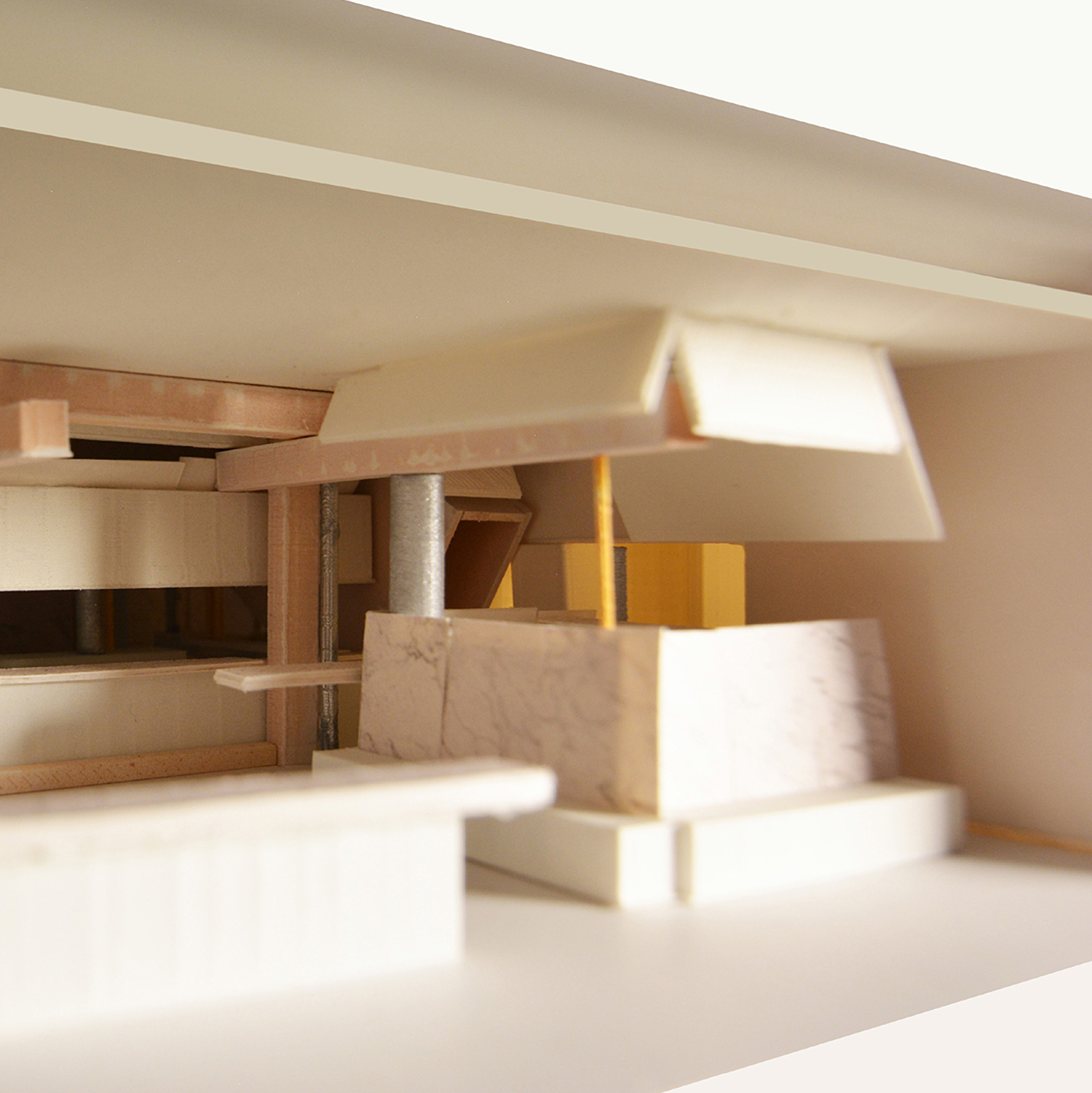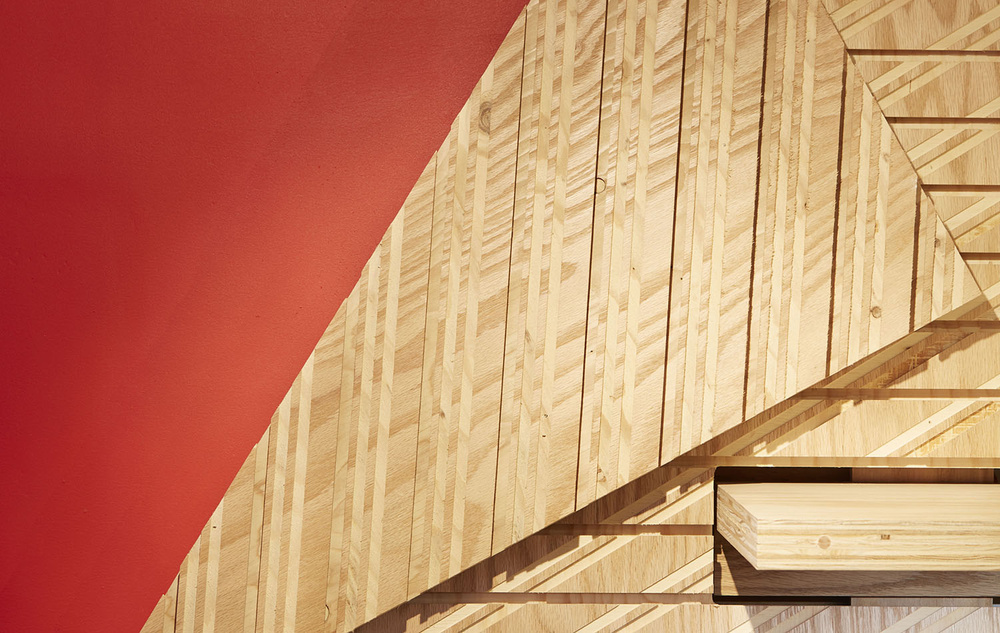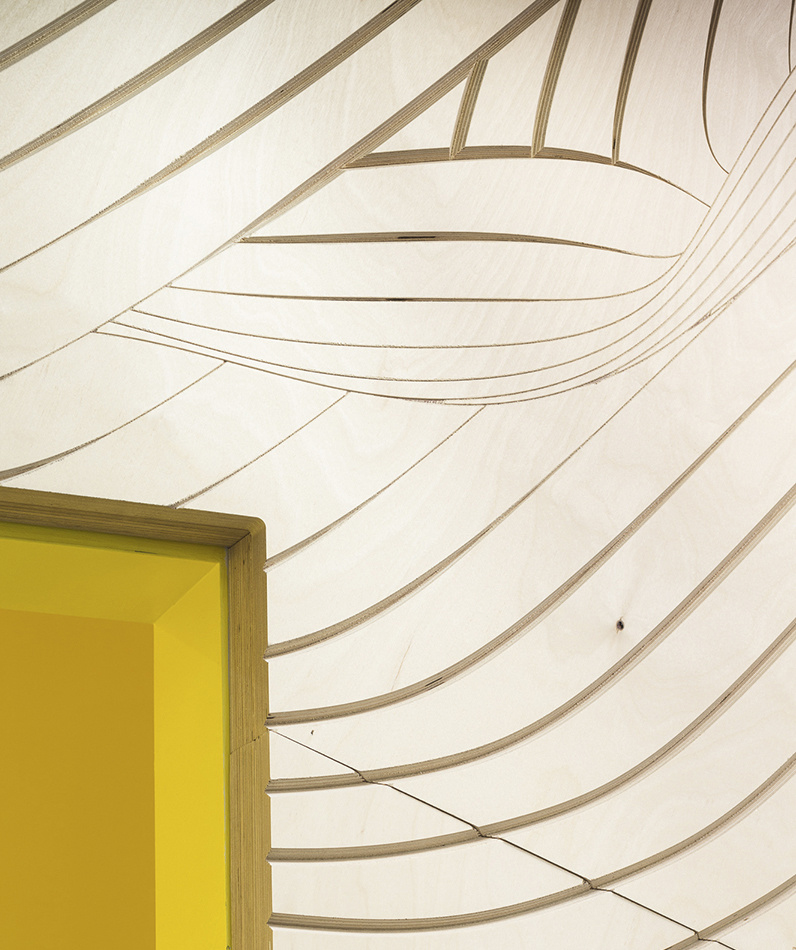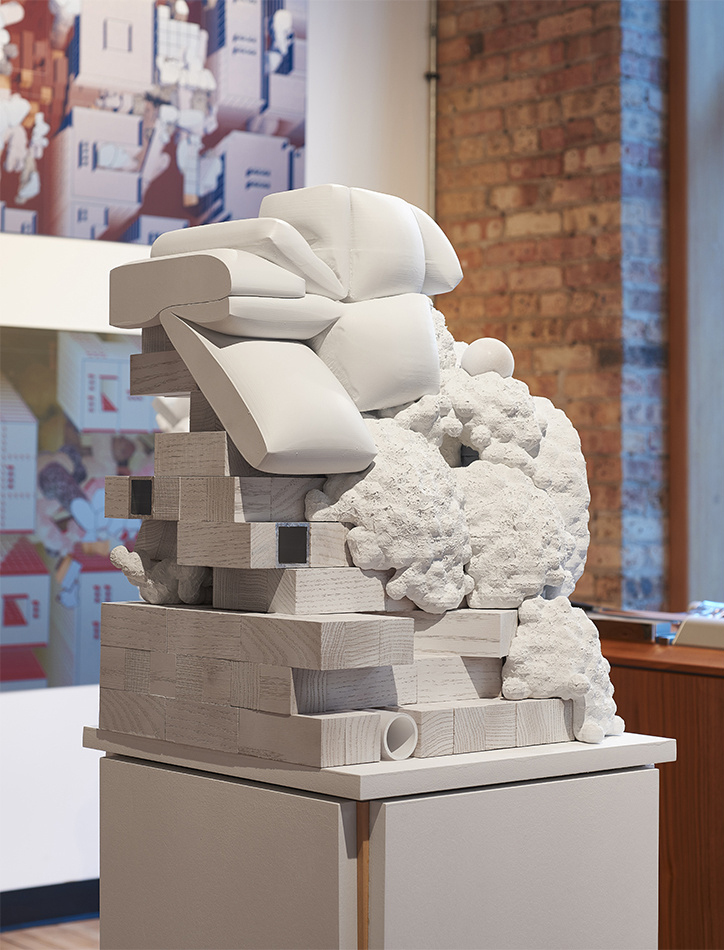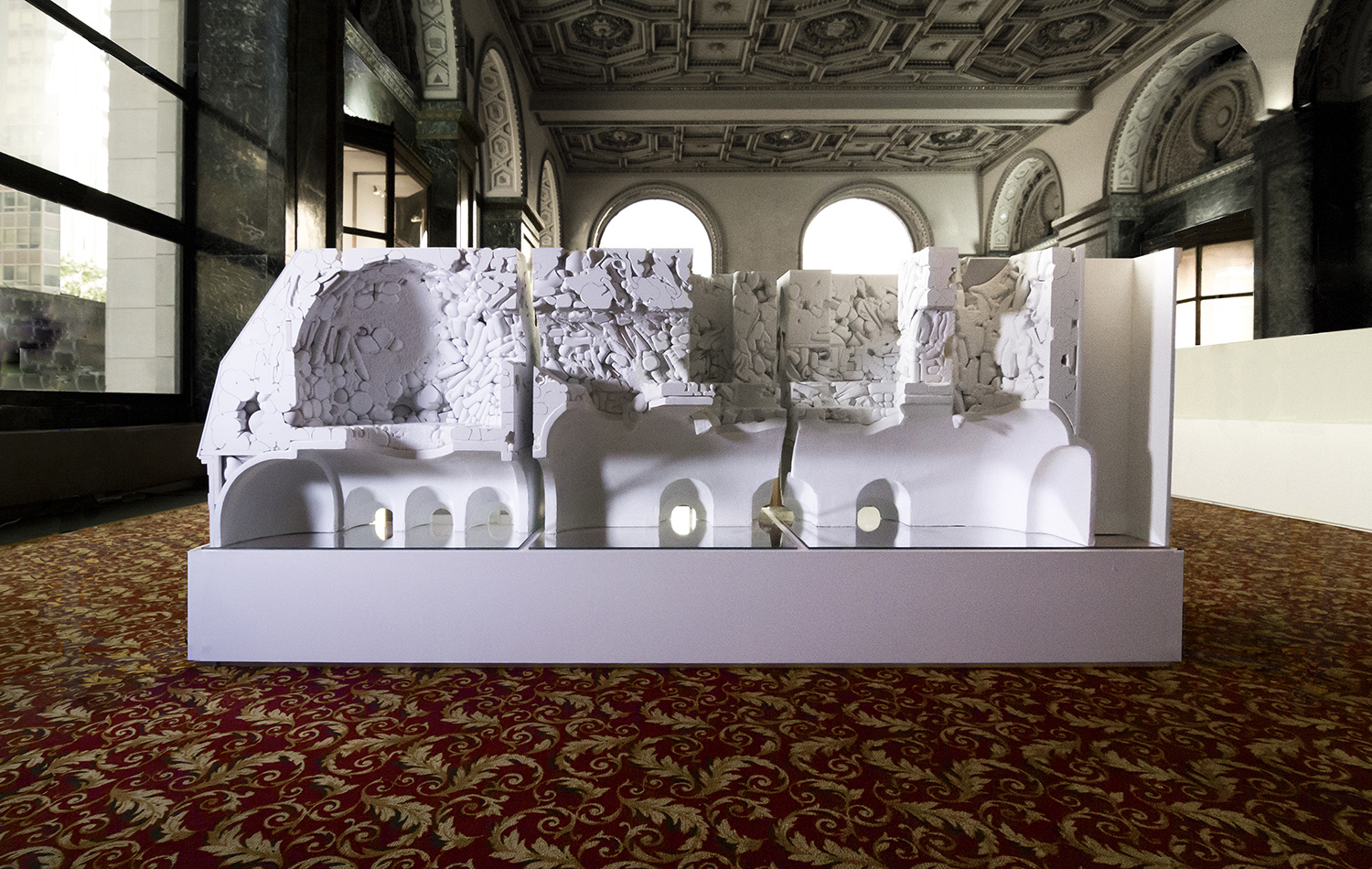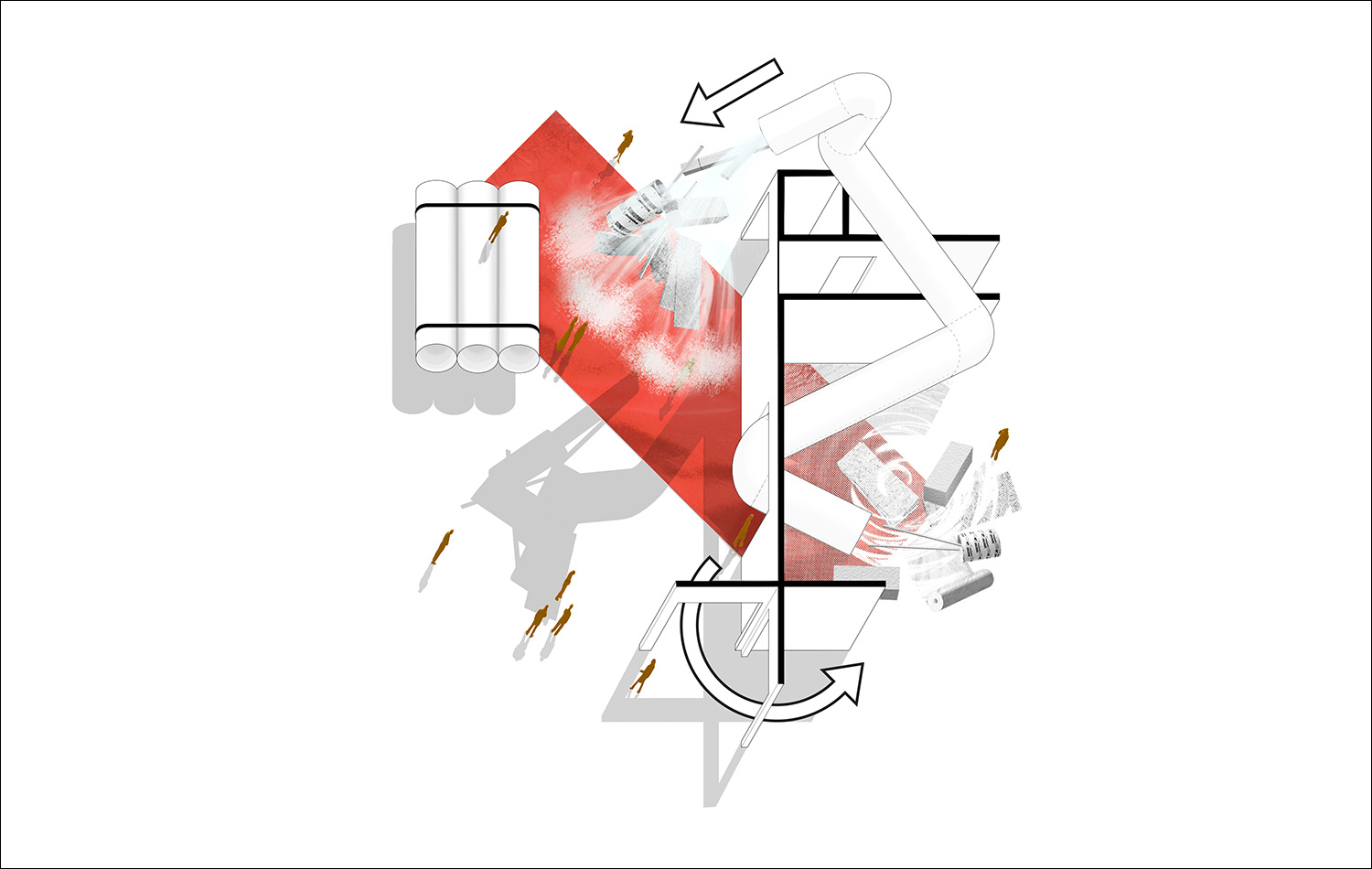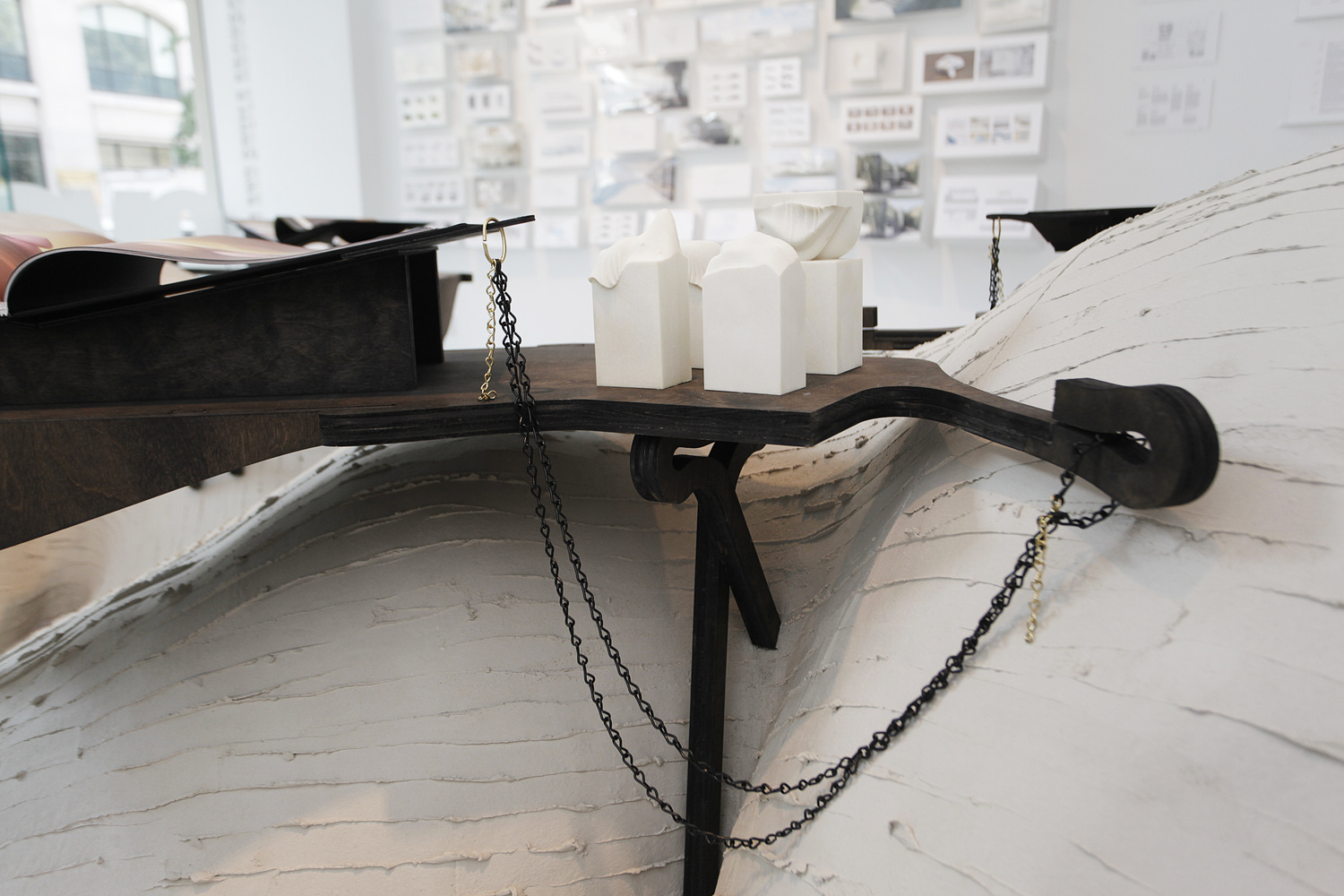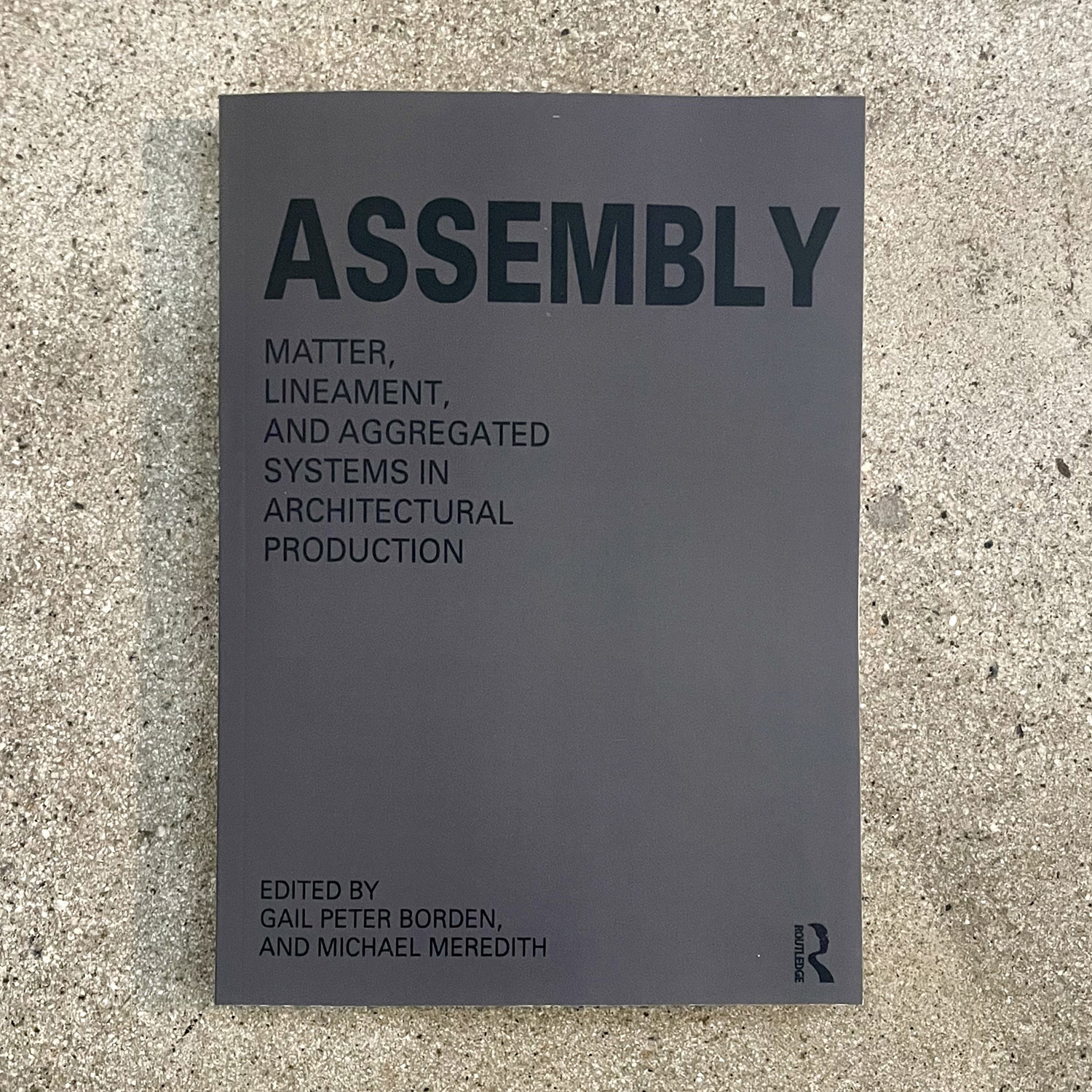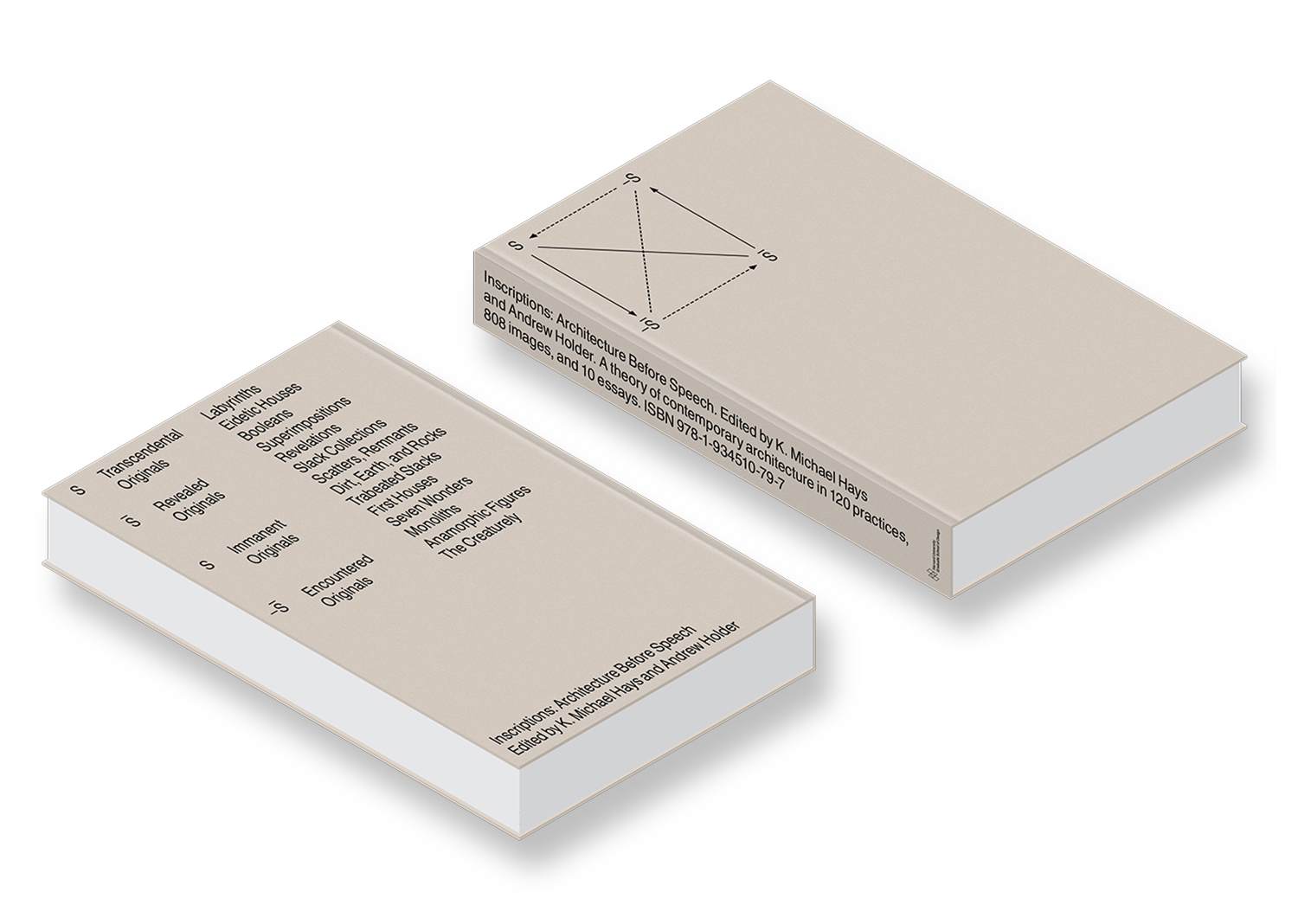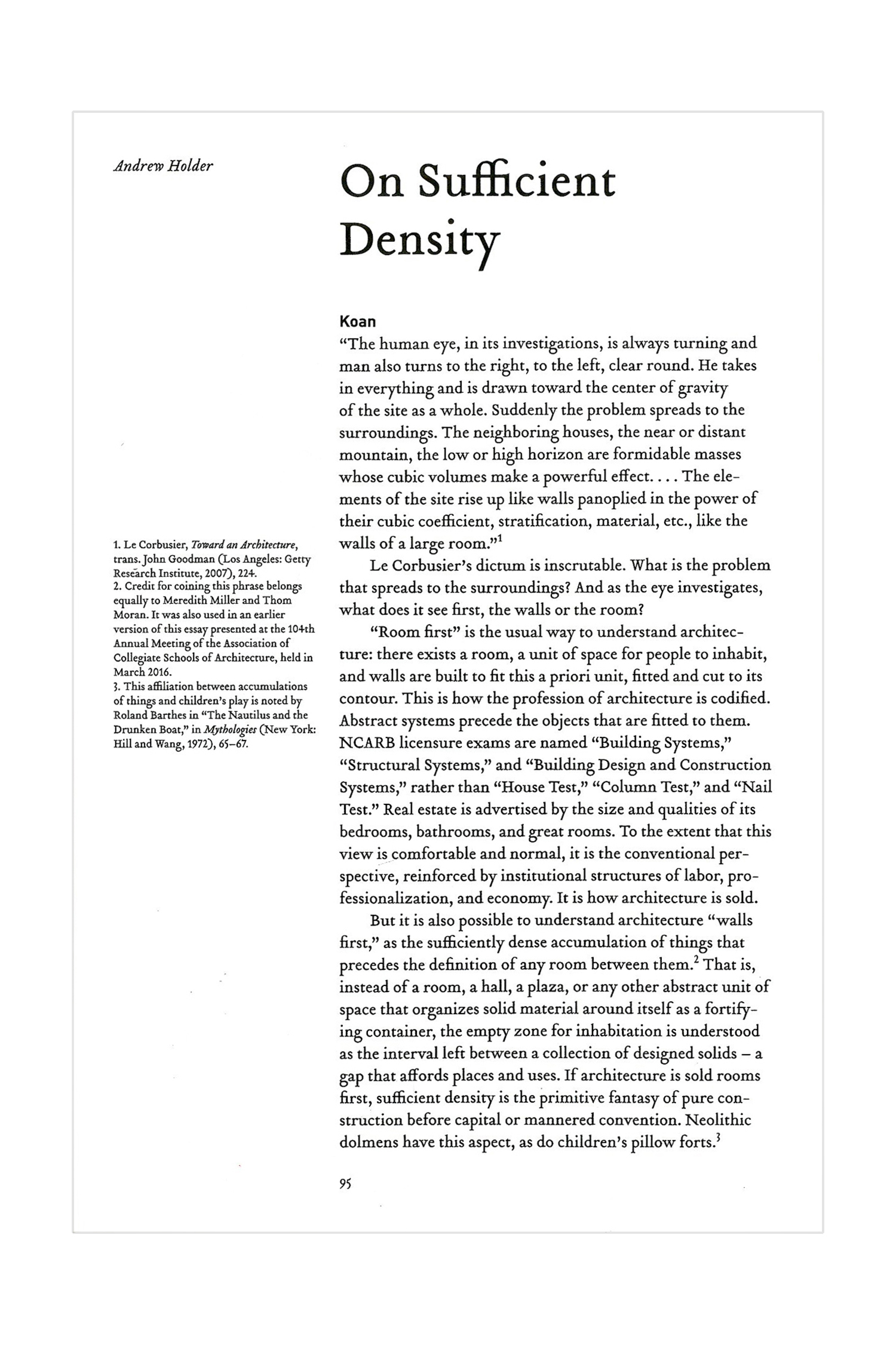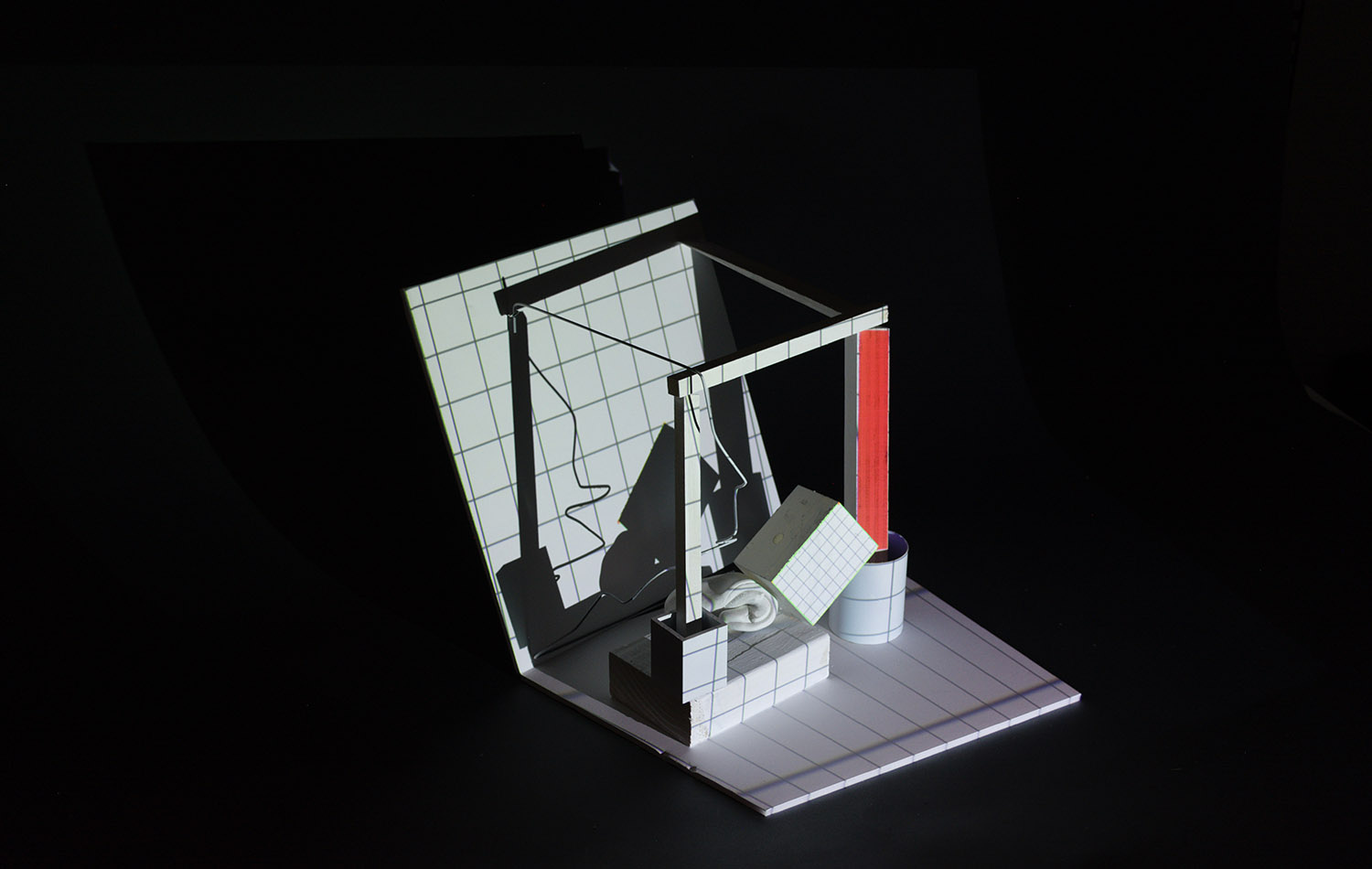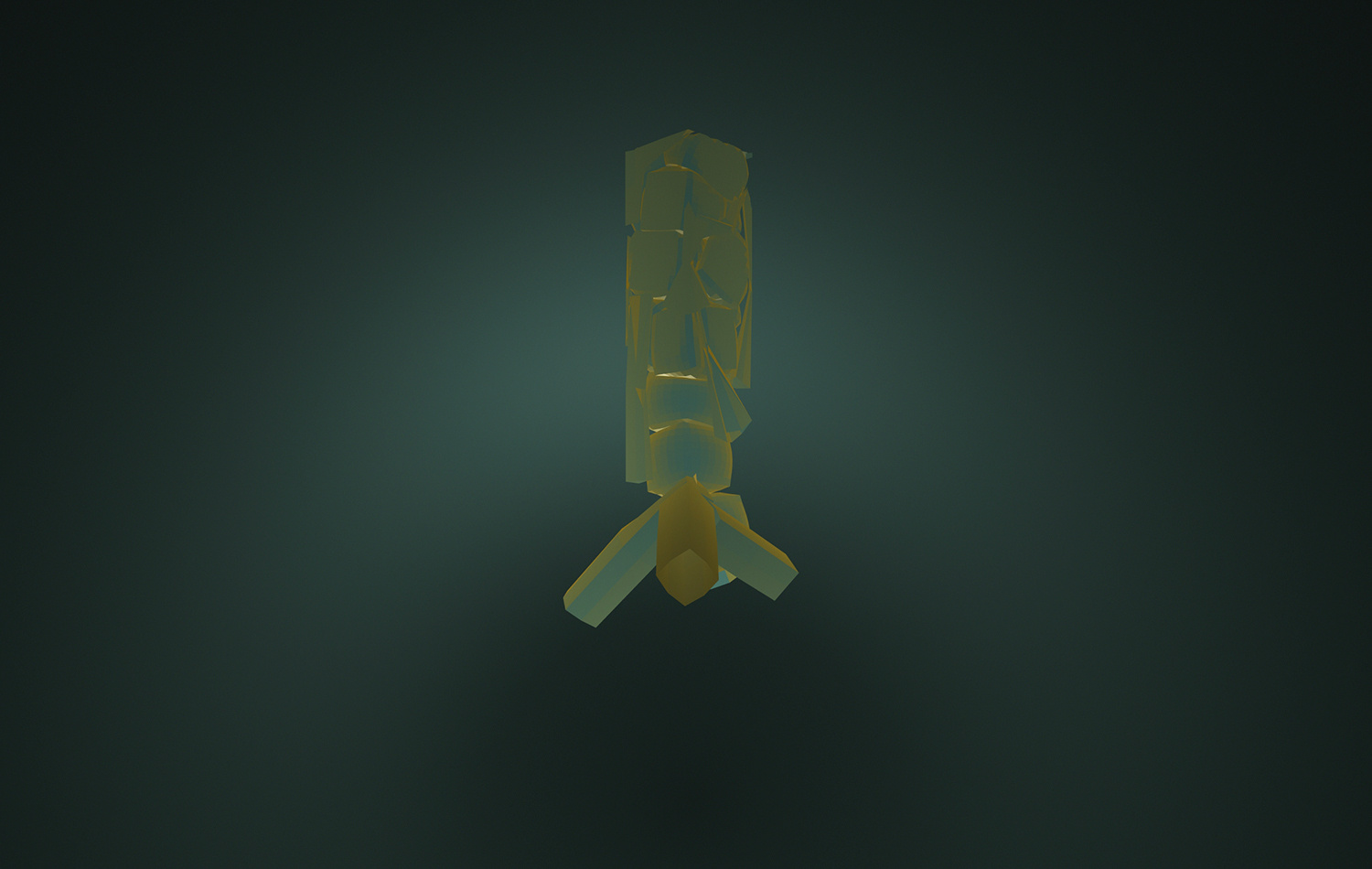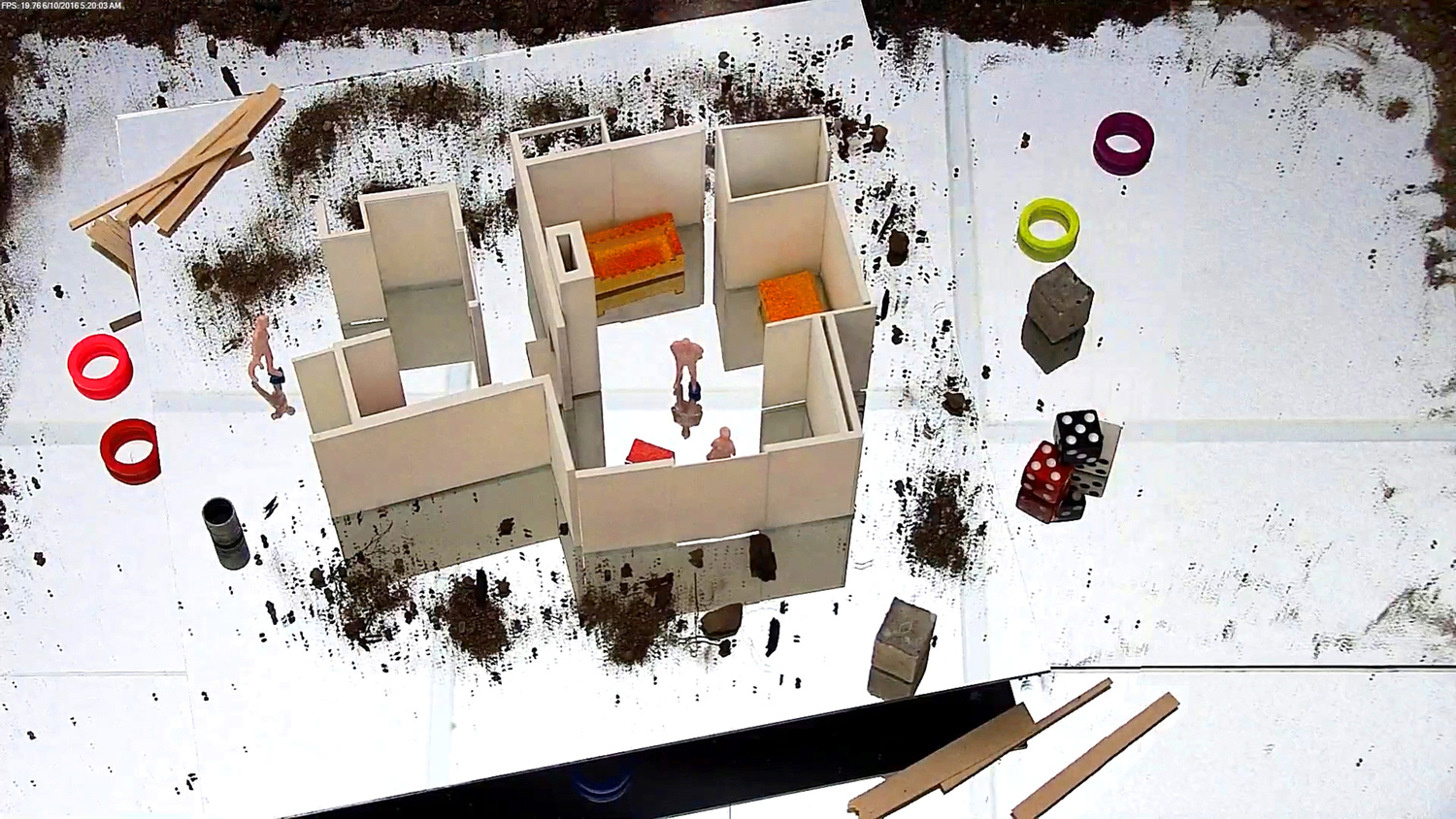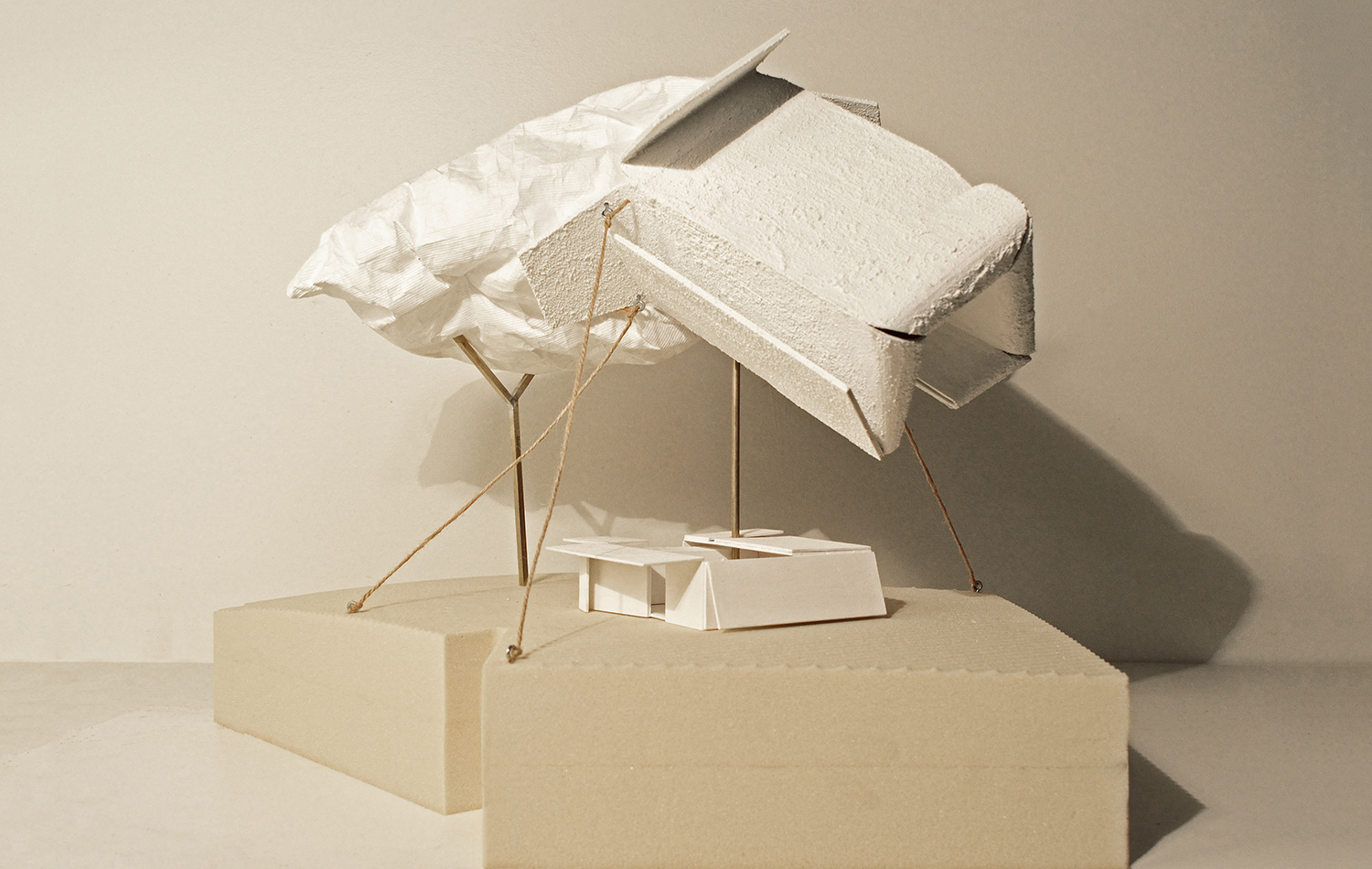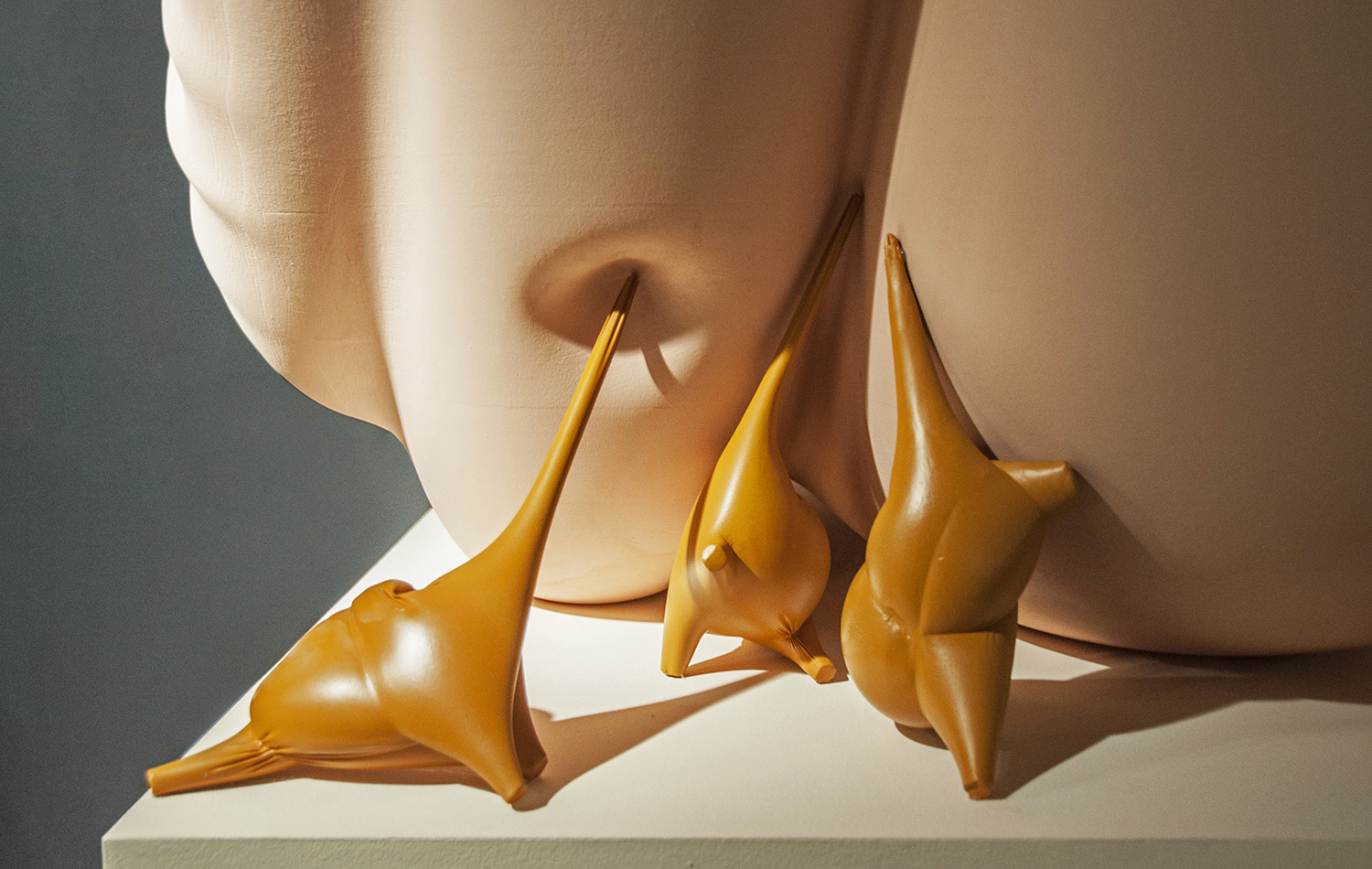The Stories Bricks Tell Themselves
Location
Princeton, NJ
Year
2013
Status
Complete
Princeton, NJ
Year
2013
Status
Complete
Project Lead
Andrew Holder
Andrew Holder
Andrew Holder. “The Stories Bricks Tell Themselves.” Pidgin Magazine #16. Princeton. 2013.

"For centuries, the work of repetition and aggregation has been handled by geometry. We could call this the “brick problem” and attempt a general formulation: accumulate objects one next to another such that pairs of faces align. It is a geometric exercise where the plane of fit between adjacent bricks is a site for the imaginative inventions of architects. And the catalog of imaginative inventions on this plane is vast...
Consider, [though] as a special case of form and repetition, a litter of piglets suckling at the teats of a plump sow. Both at the level of the entire piglet-sow agglomeration and at the level of the individual pig body, geometric analysis is not readily equipped to describe this situation. The disposition of one pig against another does not appear to be regulated by clear systems of repetition and adjacency. (Yes, the pressing of one pig tummy against another can be partially described as the pressing of one topological surface against another, but this same system cannot be used to rationalize the fit of mouth to teat. Each fit between adjacent bodies is unique not only as a variation on a single type, but as a variation in kind.) The pig bodies themselves resist decomposition as assemblages of skin and structure; they are too fat – nearly all fat, in fact. The excesses of this obesity - the sheer quantity of material in any one body - make it impossible to assign any particular region to the task of fit and adjacency. A patch of one piglet's distended stomach fits against the neighboring piglet, but not all of that stomach participates in the plane of fit between bodies, and not the same region of the stomach participates each time it presses. Nor can we definitively assign the stomach the role of 'fitting part' or 'the thing that does the work of joining one pig to another.' Snout, hoof, tongue: each of these may or may not participate in the fit of adjacent bodies."
- Andrew Holder
Consider, [though] as a special case of form and repetition, a litter of piglets suckling at the teats of a plump sow. Both at the level of the entire piglet-sow agglomeration and at the level of the individual pig body, geometric analysis is not readily equipped to describe this situation. The disposition of one pig against another does not appear to be regulated by clear systems of repetition and adjacency. (Yes, the pressing of one pig tummy against another can be partially described as the pressing of one topological surface against another, but this same system cannot be used to rationalize the fit of mouth to teat. Each fit between adjacent bodies is unique not only as a variation on a single type, but as a variation in kind.) The pig bodies themselves resist decomposition as assemblages of skin and structure; they are too fat – nearly all fat, in fact. The excesses of this obesity - the sheer quantity of material in any one body - make it impossible to assign any particular region to the task of fit and adjacency. A patch of one piglet's distended stomach fits against the neighboring piglet, but not all of that stomach participates in the plane of fit between bodies, and not the same region of the stomach participates each time it presses. Nor can we definitively assign the stomach the role of 'fitting part' or 'the thing that does the work of joining one pig to another.' Snout, hoof, tongue: each of these may or may not participate in the fit of adjacent bodies."
- Andrew Holder



